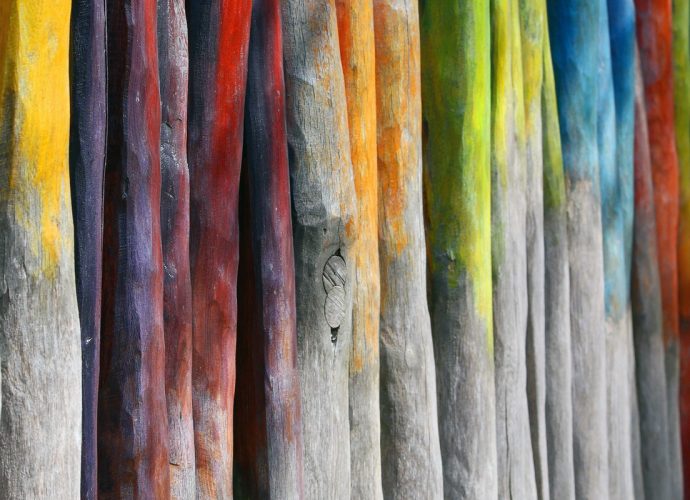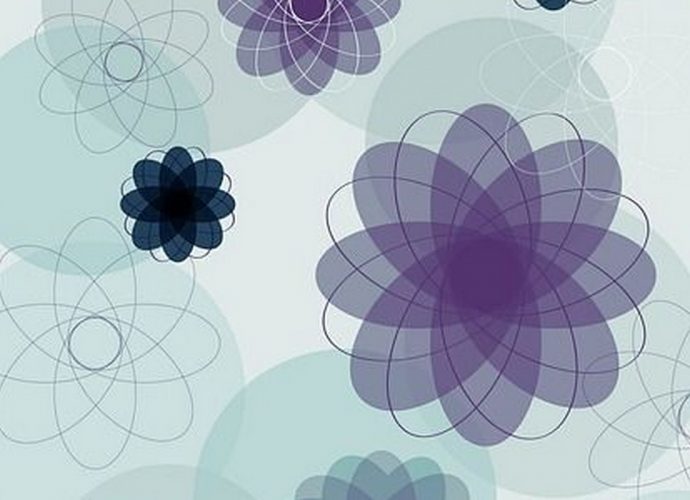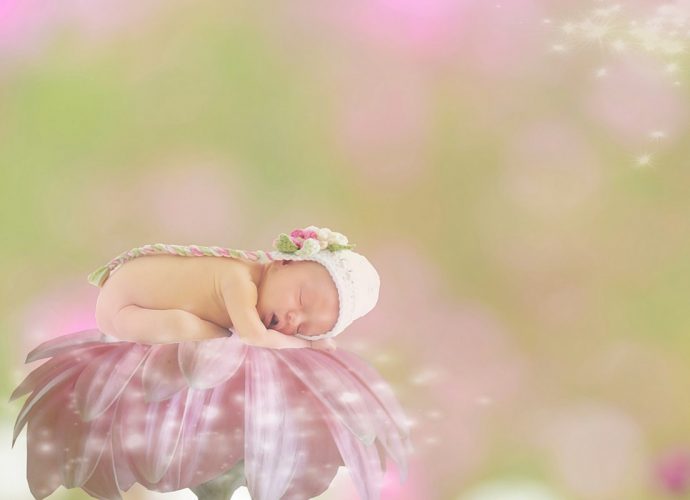Can You Leave Tulip Bulbs In The Ground All Year?
To guarantee that your tulips will come back and bloom again next year, dig up the bulbs after the leaves have turned yellow and withered, then let then dry before storing them in a dark, cool location such as a basement or garage. Replant the bulbs in the fall. WhyRead More →









